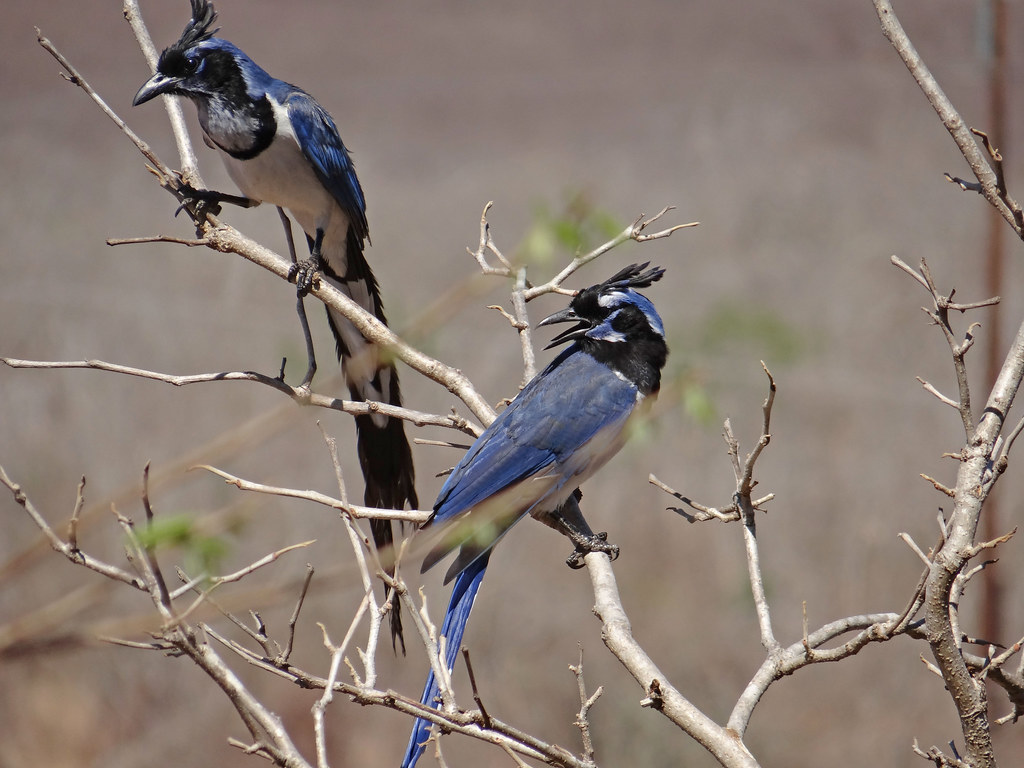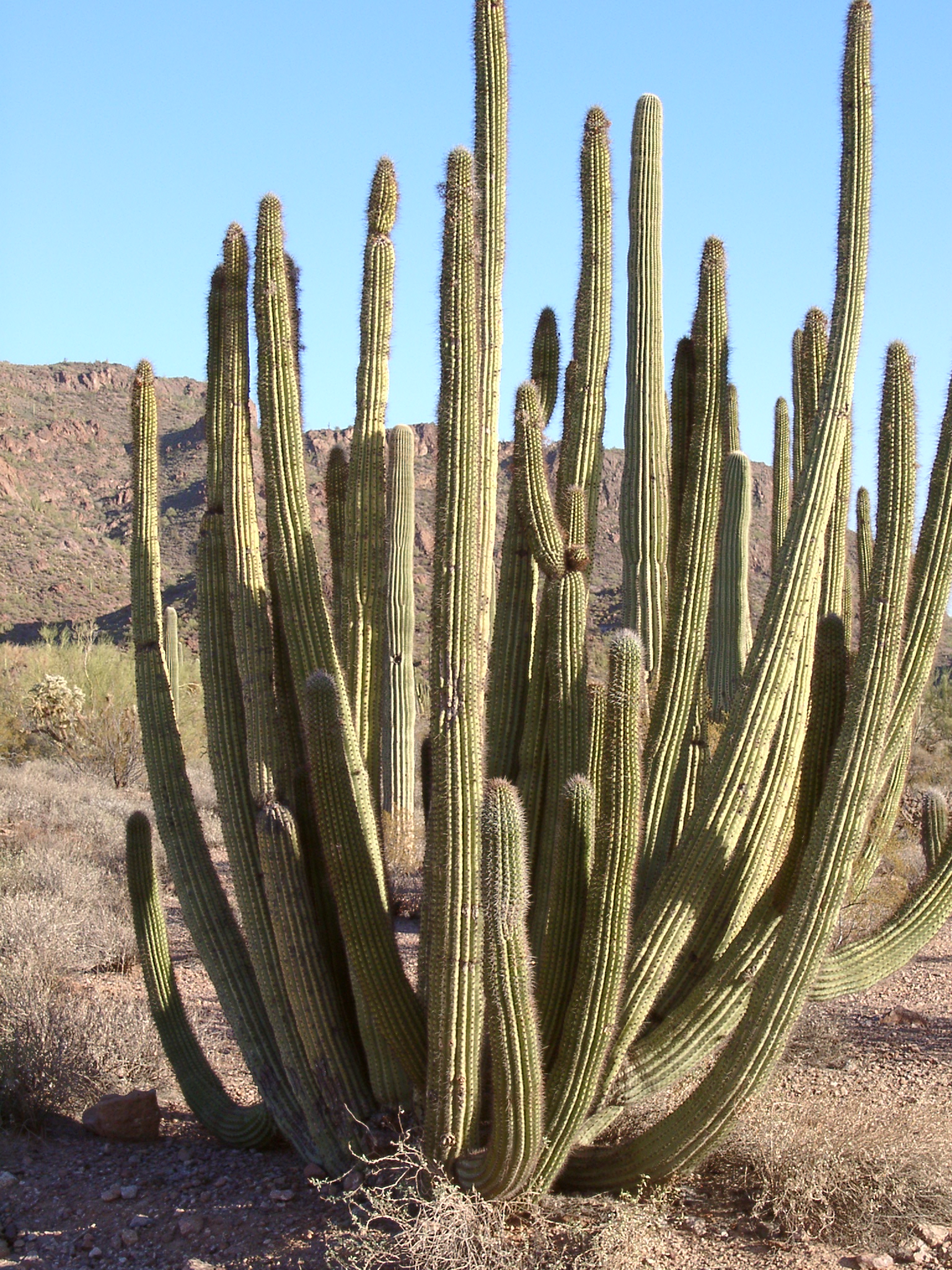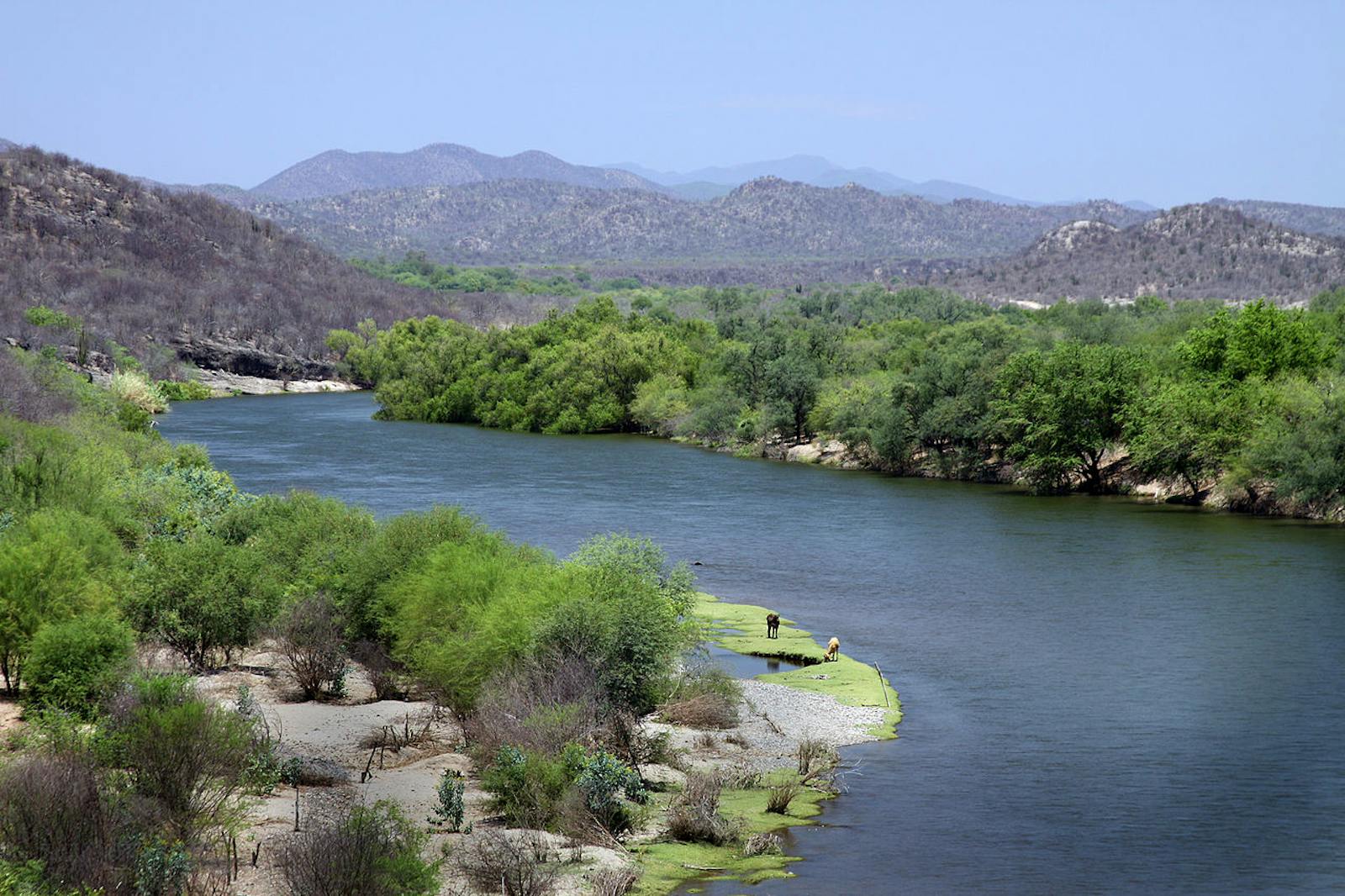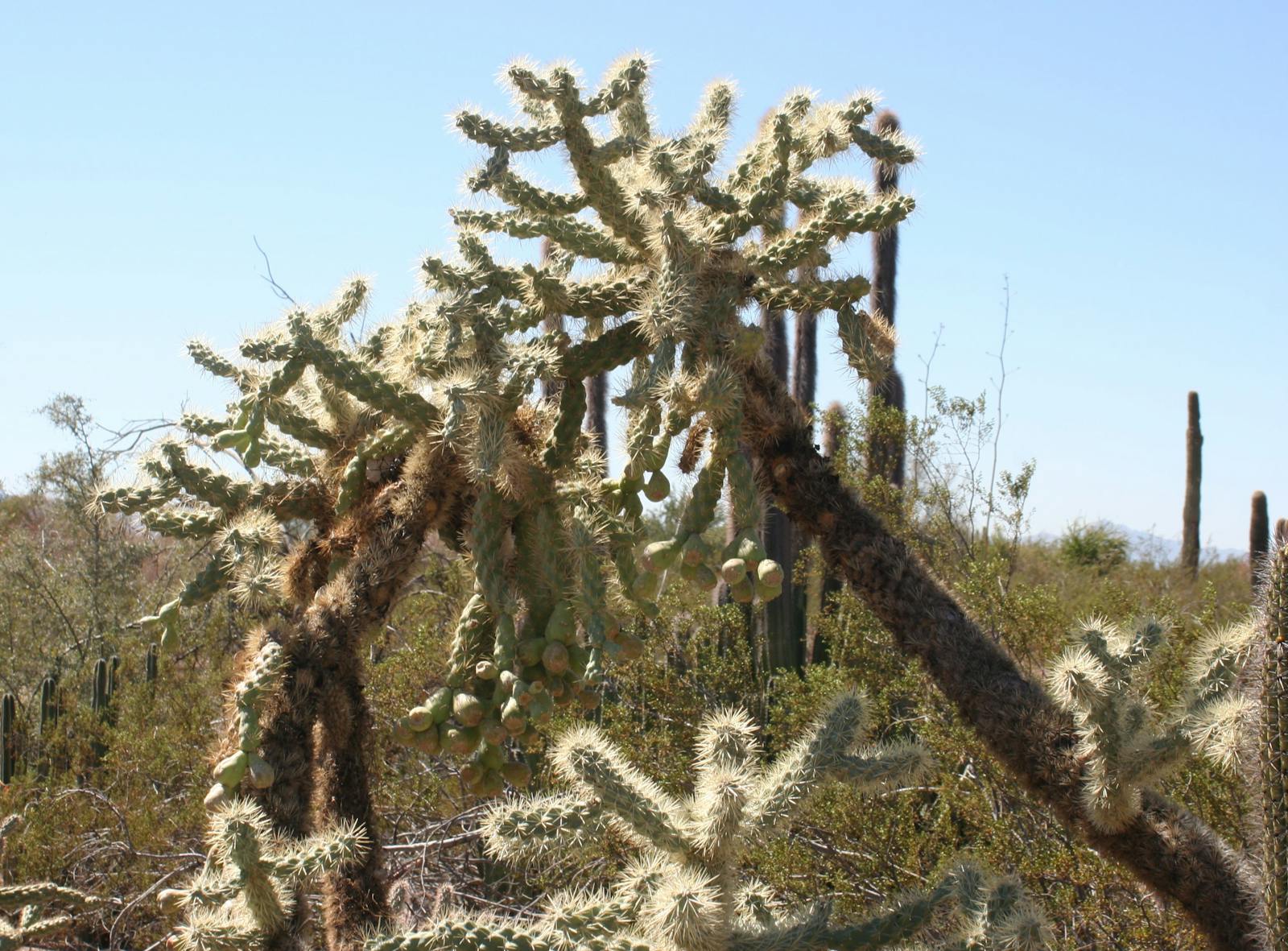Sonoran-Sinaloan Subtropical Dry Forest
The ecoregion’s land area is provided in units of 1,000 hectares. The protection goal is the Global Safety Net (GSN1) area for the given ecoregion. The protection level indicates the percentage of the GSN goal that is currently protected on a scale of 0-10. N/A means data is not available at this time.
Bioregion: Sierra Madre Forests & Mexican Drylands (NA29)
Realm: Northern America
Ecoregion Size (1000 ha):
5,109
Ecoregion ID:
324
Protection Goal:
5%
Protection Level:
10
States: Mexico: Sonora, Sinaloa, Chihuahua
Northern Mexico, with its largely dry mountainous terrain, is a complex mosaic of ecoregions assigned to either the Nearctic or Neotropic biogeographical realms. The Sonoran-Sinaloan Subtropical Dry Forest ecoregion is transitional between the Nearctic Sonoran Desert to the north and west and the Neotropic Sinaloan Dry Forests to the south and east. The Chihuahuan Desert borders a small portion of the ecoregion to the northeast.

The flagship species of the Sonoran-Sinaloan Subtropical Dry Forest ecoregion is the black-throated magpie-jay. Image credit: Courtesy of Laurel Parshall, Flickr
Also bordering it to the north and east, and with outliers embedded within it, are the Sierra Madre Occidental Pine-Oak Forests. The southern portion of the Sonoran-Sinaloan Subtropical Dry Forest borders the Gulf of California and the Northern Mesoamerican Pacific Mangroves ecoregion to the west. Elevation ranges from sea level to roughly 2,000 m in the foothills of the Sierra Madre, with steep cliffs and canyons. This biogeographic complexity results in a unique mixture of plants and animals with both northern and southern affinities.
The Sonoran-Sinaloan Subtropical Dry Forest is largely a dry steppe, which contrasts with the arid deserts to the north and the more humid tropical deciduous forests to the south. Annual precipitation is approximately 100–200 mm, with most rain falling during the summers. Proximity to the coast moderates temperature extremes, such that annual temperature fluctuations are usually only around 10–15ºC, with frosts rare. The dominant vegetation of this ecoregion is deciduous thorn forest or “selva Espinosa,” with inclusions of semiarid mattoral and thorn scrub.

Organ pipe cactus. Image credit: Creative Commons
Desert plants such as jumping cholla cactus, barrel cactus, and organ pipe cactus are abundant in the northern part of the ecoregion, whereas several species of acacia trees and the small, bonsai-like torote prieto (also known as elephant tree) are more common to the south. This ecoregion is notable for being the northern range limit for many Neotropical plant families, and overall plant species richness rivals that of the Sonoran Desert to the north. Some 33-45 species of plants can be found in approximately one-half acre of undisturbed dry forest. In general, Mexican dry forests have higher levels of endemism than any Neotropical dry forests. Some 20% of Mexico’s vascular plant species occur in dry forests, more than in tropical humid forests or deserts.
One of the interesting rare plants of the Sonoran-Sinaloan Subtropical Dry Forest is the arborescent morning glory or palo santo, which flowers in the winter and provides nectar and pollen to long-tongued bats at a time when few other plants are flowering. This bat, in turn, is one of the most important pollinators in the Sonoran region. Approximately 90 species of butterflies can be found in this ecoregion during the rainy season.
Characteristic bird species include the black-throated magpie-jay and the black-capped gnatcatcher, both species endemic to northwestern Mexico; Sinaloa wren, endemic to western Mexico; as well as desert species such as cactus wren, Gila woodpecker, Costa’s hummingbird, curve-billed thrasher, black-throated sparrow, and greater roadrunner.

Flower of a fishhook barrel cactus. Image credit: Susan Lynn Peterson, Creative Commons
Although Mexico contains more tropical and subtropical dry forest than any other country, it is still much reduced since settlement and is not well protected. Only 5% of this ecoregion is protected. Agriculture, cattle grazing, tourist development, and sport and subsistence hunting are impacting many areas. Cattle grazing is considered the principal threat, especially when it involves removal of native vegetation and planting of non-native plants such as buffelgrass.
Priority conservation actions for the next decade are to: 1) control invasive exotic plants, especially buffelgrass, and restore native vegetation; 2) reintroduce or promote population increases of extirpated or rare species, such as the Mexican wolf and jaguar; and 3) establish additional protected areas and reduce hunting pressure and tourist development.
Citations
1. Allnut, T. Undated. Northwestern Mexico. World Wildlife Fund. https://www.worldwildlife.org/ecoregions/na0201
2. Gentry, A.H. 1995. Diversity and composition of neotropical dry forests. Seasonally dry tropical forests. S.H. Bullock, H.A. Mooney, and E. Medina, editors. Cambridge University Press, Cambridge.
3. Portillo-Quintero, C.A., and G.A. Sanchez-Azofeifa. 2010. Extent and conservation of tropical dry forests in the Americas. Biological Conservation 143:144-155.



